In the evolving tapestry of automotive engineering, many features that once defined classic cars have gradually disappeared, replaced by advanced technologies and shifting consumer preferences. This nostalgic journey through automotive history not only highlights the transient nature of car design but also reflects broader cultural and technological shifts. Here, we delve into 18 classic car features that have become relics of the past in modern vehicles.
1. Bench Seats
Once a staple in family sedans and trucks, the front bench seat allowed three passengers to sit side by side, fostering a sense of closeness now lost to bucket seats and center consoles. Bench seats symbolized a more communal and less individualistic approach to travel, where the journey was as much about interaction as it was about reaching a destination. Today, with the emphasis on personal space and advanced safety features, bench seats have largely vanished from the automotive landscape.
2. Manual Windows
The tactile experience of winding a car window up or down with a manual crank is a memory fast fading. Manual windows, requiring physical effort, have been overwhelmingly replaced by electric windows for their convenience and ease of use. This shift underscores a broader trend towards automation and user-friendly interfaces in modern vehicles.
3. Tailfins
Emblematic of the 1950s and 1960s, tailfins were more than just decorative; they embodied the era’s fascination with space travel and aerodynamics. Although their practical aerodynamic benefits were minimal, tailfins represented an optimistic vision of the future, one that has since been streamlined out of modern car design for efficiency and simplicity.
4. Pop-Up Headlights
Pop-up headlights were not just functional; they were an aesthetic statement that gave cars a sleek, mysterious facade when not in use. Their disappearance can be attributed to stricter safety regulations and the pursuit of more aerodynamic and energy-efficient designs. This feature’s decline marks a move towards more static and regulated design norms in the automotive industry.
5. Cassette Tape Players
The cassette tape player, once a cornerstone of automotive entertainment, has been rendered obsolete by digital media and streaming services. This transition reflects not just advancements in technology but also a change in how we consume media, favoring access and variety over physical ownership and tangibility.
6. Analog Gauges
The warm glow of analog gauges and their mechanical precision gave drivers a direct, tactile connection to their vehicles. Modern digital displays, while more versatile and capable of conveying more information, lack the character and immediacy of their analog predecessors, symbolizing the digital transformation across all aspects of life.
7. Ashtrays and Lighters
Once considered essential, built-in ashtrays and cigarette lighters are rare in modern cars, a nod to changing social norms regarding smoking and health. This shift reflects broader societal changes and the automotive industry’s response to public health campaigns.
8. Metal Keys
The traditional metal car key, a symbol of ownership and access, has been primarily replaced by keyless entry systems and push-button starts. This evolution speaks to the increasing integration of technology in our daily lives, prioritizing convenience and security over the physical act of unlocking and starting a car.
9. Vent Windows
Small, triangular vent windows, or “wing windows,” provided targeted ventilation and were particularly useful before the widespread adoption of air conditioning. Their disappearance in modern designs highlights the industry’s focus on aerodynamics and the universalization of climate control systems.
10. Column-Mounted Gear Shifts
Column-mounted gear shifts, which freed up floor space and facilitated bench seating, have given way to center console or steering wheel-mounted shifters in automatic vehicles. This change reflects ergonomic research and the prioritization of driving dynamics in car design.
11. Full-Size Spare Tires
The full-size spare tire, once a standard feature, has been replaced by smaller, space-saving alternatives or even eliminated entirely in favor of tire repair kits. This trend underscores the premium placed on space efficiency and weight reduction in modern vehicles for enhanced performance and fuel economy.
12. Hood Ornaments
Hood ornaments served as both branding and artistic expression, giving each vehicle a unique identity. Today, they are a rarity, victims of aerodynamic efficiency demands and changing aesthetic preferences that favor cleaner, more minimalist designs.
13. Manual Transmissions
While still found in some sports cars and models outside the U.S., manual transmissions are increasingly rare in mainstream vehicles. This shift away from manual gear shifting underscores the automotive world’s move towards accessibility, convenience, and automation.
14. Chrome Accents
Chrome trim and accents, which once added a touch of glamour and distinction to vehicles, have mainly been replaced by less ornate materials. This reflects changing tastes and a move towards subtler, more understated vehicle aesthetics.
15. Hardtop Convertibles
The elegant hardtop convertible, which offered the best of both worlds—open-top driving without the aesthetic compromise of a soft top—has become less common in favor of retractable soft tops or fixed roofs. This shift is largely due to the complexity, cost, and weight of hardtop mechanisms, underscoring a trend toward simplicity, efficiency, and lightweight design in modern automotive engineering.
16. T-Tops and Targa Tops
T-Tops and Targa tops provided a unique solution for drivers wanting a partial open-air experience without committing to a full convertible. These features have become rarities as manufacturers streamline production and focus on structural integrity, aerodynamics, and safety features that are more compatible with solid roofs or full convertibles.
17. Opera Windows
Opera windows, small porthole-sized windows on the C-pillars of luxury cars and coupes, epitomized automotive opulence in the 1970s. Their decline reflects a shift away from ornamental and stylistic excess towards a more functional and aerodynamic design ethos in vehicle manufacturing.
18. Physical Handbrakes
The physical handbrake lever, a fixture in vehicles for decades, is being replaced by electronic parking brakes. This transition from a manual lever to an electronic switch is indicative of the broader move towards digitization and automation in vehicle controls, enhancing convenience but possibly diminishing the tactile engagement of driving.
Classic Car Features Represent a Bygone Era
The disappearance of these classic car features from modern vehicles marks the intersection of technological advancement, changing consumer preferences, and evolving regulatory landscapes. While nostalgia for these bygone elements persists among enthusiasts, the automotive industry’s relentless pursuit of efficiency, safety, and innovation continues to redefine our driving experiences. As we look forward to the future of transportation, it’s clear that the cars of tomorrow will bear little resemblance to the classics of yesteryear, except in their enduring ability to captivate our imaginations and facilitate our journeys.
Catherine is a tech-savvy writer who has focused on the personal finance space for more than eight years. She has a Bachelor’s in Information Technology and enjoys showcasing how tech can simplify everyday personal finance tasks like budgeting, spending tracking, and planning for the future. Additionally, she’s explored the ins and outs of the world of side hustles and loves to share what she’s learned along the way. When she’s not working, you can find her relaxing at home in the Pacific Northwest with her two cats or enjoying a cup of coffee at her neighborhood cafe.

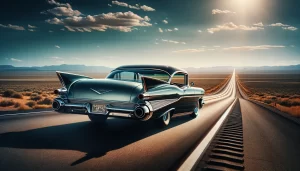
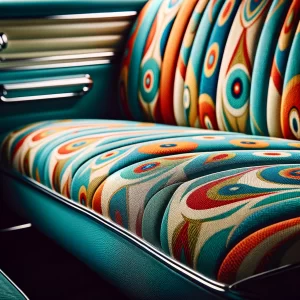
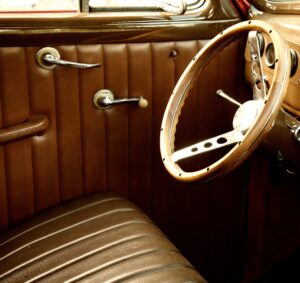

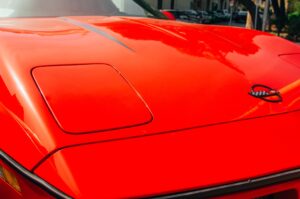

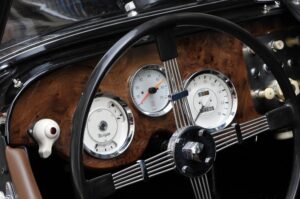
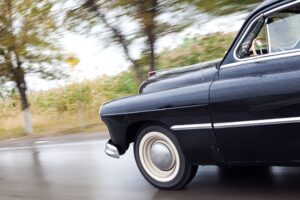
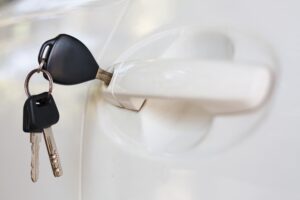

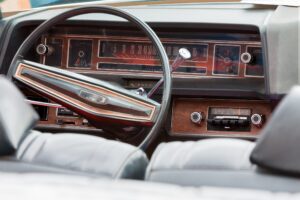

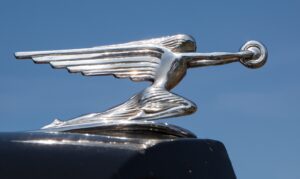
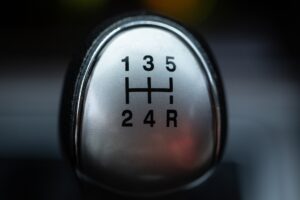
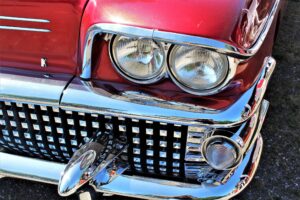

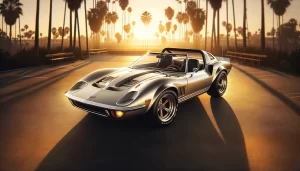
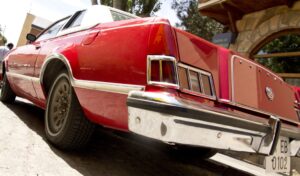


Leave a Reply